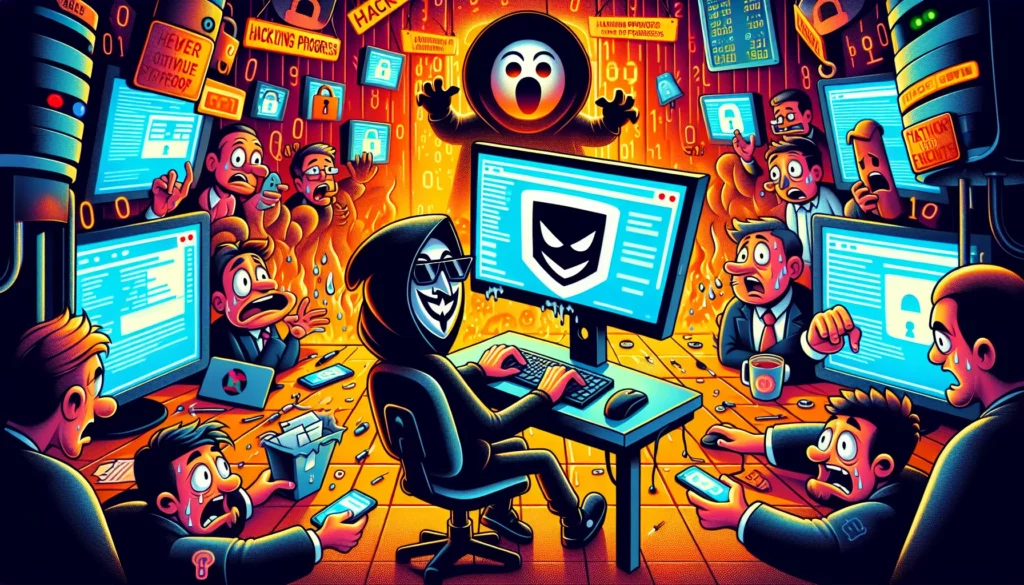ConnectWise ScreenConnect Emerges as Most Frequently Exploited RAT in 2025 Cyber Attacks
Cofense Intelligence’s May 2025 report reveals the alarming trend in which cybercriminals are leveraging legitimate Remote Access Tools (RATs) such as ConnectWise and Splashtop to deploy malware and exfiltrate sensitive data.
The exploitation of these trusted applications poses a significant risk to organizations, as they are designed for legitimate remote assistance and IT management. Cybercriminals have adapted their tactics to misuse these tools, thereby bypassing conventional security defenses and evading detection.
In this evolving landscape, the utilization of Remote Access Tools for malicious purposes raises critical concerns regarding the security posture of businesses. Attackers can seamlessly infiltrate corporate networks by exploiting the inherent trust associated with these applications. Once within the network, they can execute a variety of nefarious activities, including the deployment of malware that can further compromise systems and data.
The report outlines various methods employed by cybercriminals, including phishing campaigns that trick users into installing compromised versions of legitimate RAT software. Once installed, these malicious variants can provide attackers with access to sensitive information, making it imperative for organizations to remain vigilant.
Furthermore, businesses must implement stringent security measures to guard against such threats. This includes user education regarding the safe use of remote access solutions, as well as regular updates and monitoring of software to detect potential vulnerabilities.
In light of these findings, organizations are urged to reassess their security strategies and consider deploying advanced detection systems that specifically target the misuse of trusted applications. By doing so, they can better protect themselves against the increasingly sophisticated tactics employed by cybercriminals.
The rise of Remote Access Tool abuse highlights the necessity for continuous education and robust security frameworks. An awareness of the techniques used by attackers coupled with proactive defenses is essential to mitigate the risks posed by these malicious activities.








